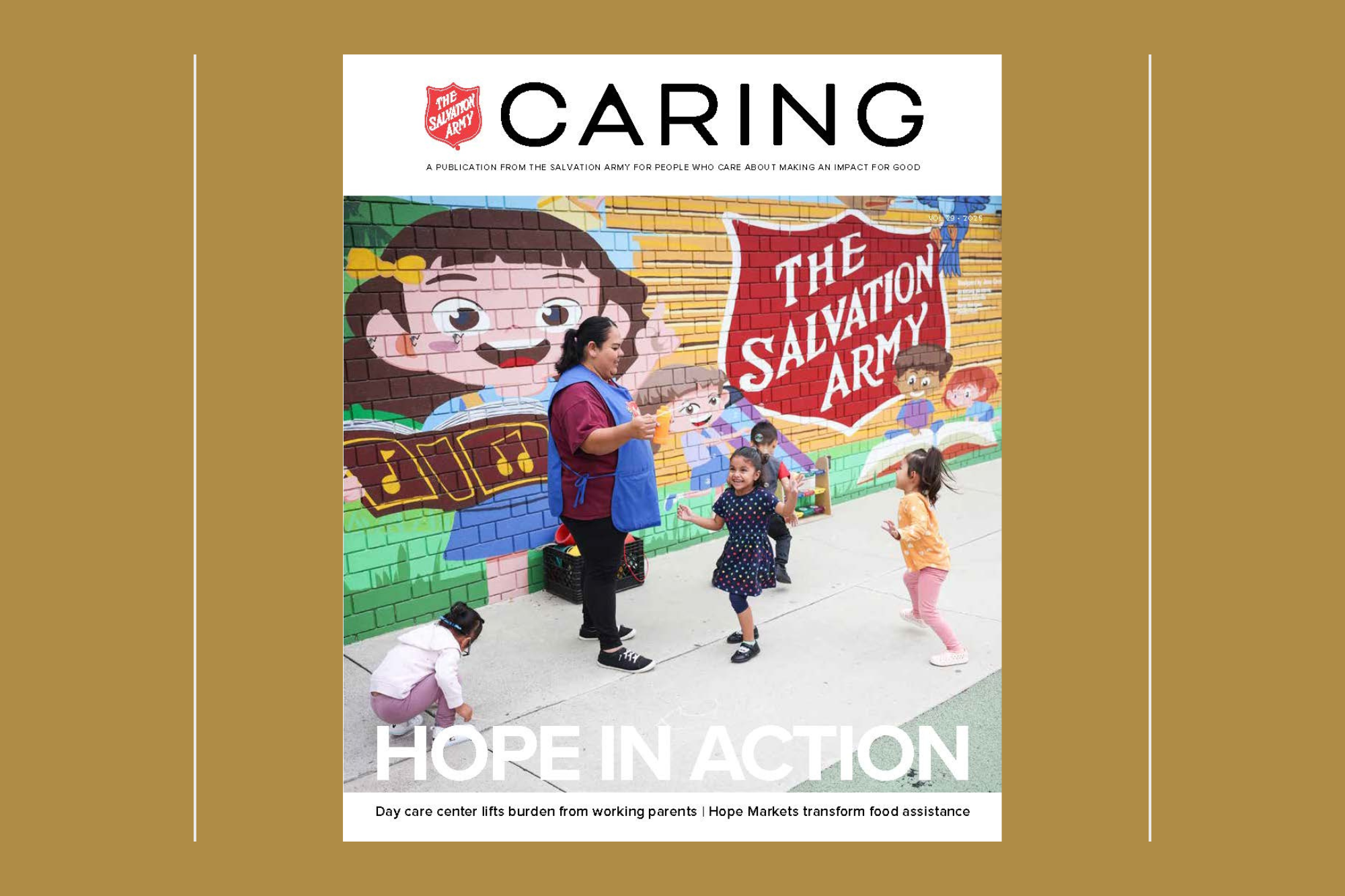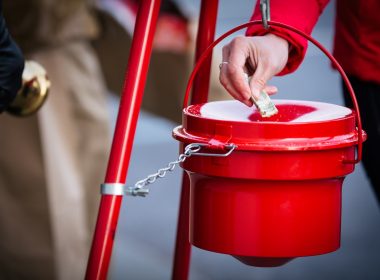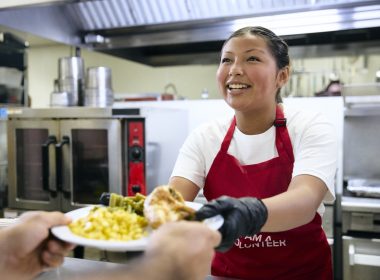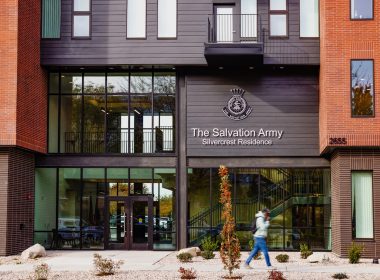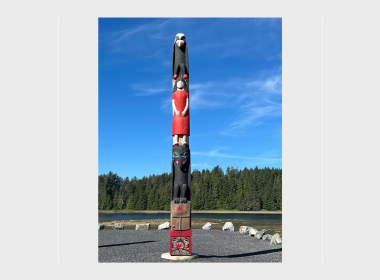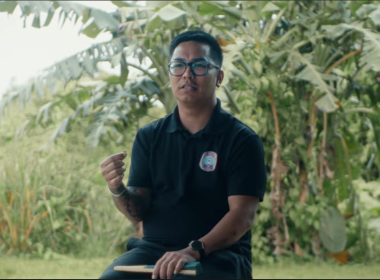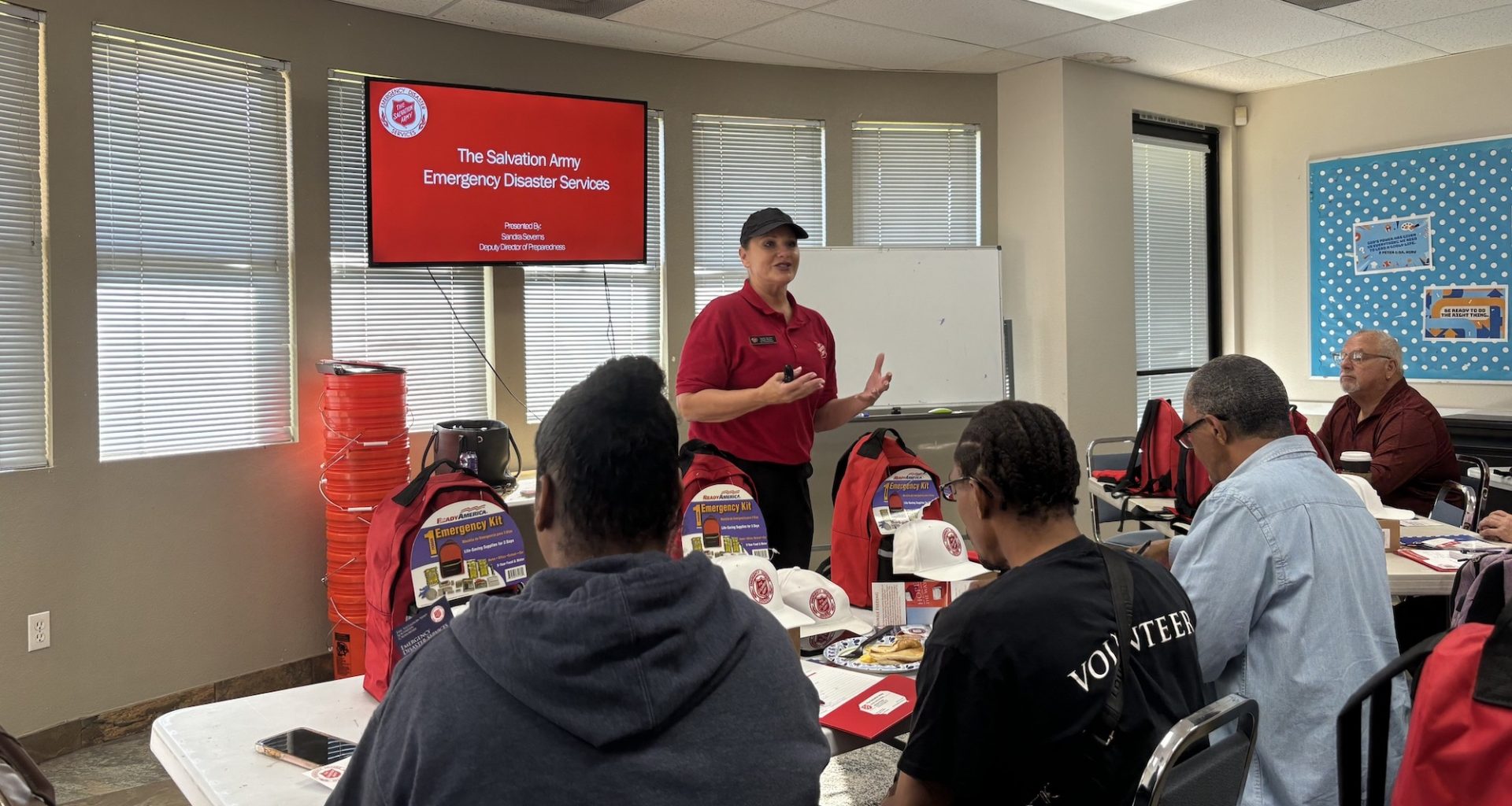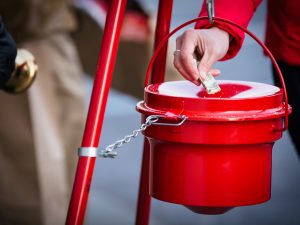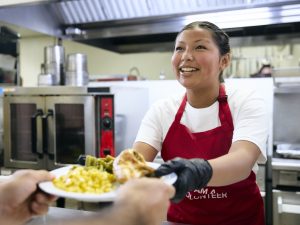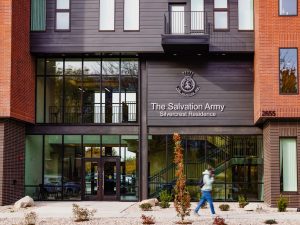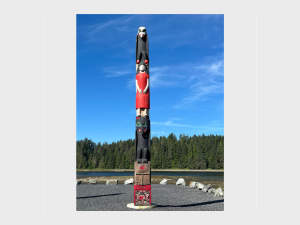Volunteer trainings help prepare locals for increasing disaster response needs.
From major floods to fires, the average number of billion-dollar disasters in the U.S. has climbed dramatically—from 3.3 per year in the 1980s to more than 17 annually from 2014-2024.
As these unpredictable events become more frequent and severe, The Salvation Army in San Diego is stepping up—not just to respond, but to be prepared for what may come next.
In January 2024, record-breaking floods swept through the city, damaging thousands of homes and businesses, with some still rebuilding today.
Following the initial disaster response, The Salvation Army in San Diego launched monthly training cohorts beginning in October 2024 to train Emergency/Disaster Services (EDS) volunteers and better prepare the community for future crises.
“We concluded that we should have a local team ready and prepared to respond,” said The Salvation Army Divisional Secretary for San Diego County Major Amy Reardon. “There’s no telling when a disaster will strike, but when they do, we need trained volunteers who know the community and can mobilize immediately to provide help and hope.”
Each training session covers a variety of disaster response skills, including The Salvation Army’s mission and values, canteen operations and spiritual and emotional support. In addition, each volunteer receives certifications in food service (through ServSafe), CPR, first aid and the use of Automated External Defibrillators (AEDs).
“It’s not just about handing out supplies; it’s about creating a moment of connection and being a bright light for someone during a dark time.”
Sandra Severns, Deputy Director for Preparedness
Since the training program’s launch, each session has welcomed groups of up to 25 individuals in a classroom setting. The volunteers gather for two-hour sessions, focusing on EDS roles and team building while engaging in opportunities for one-on-one learning and questions.
“The responses have been great,” Reardon said. “They tell us how they’re excited to contribute, get involved and be of service in times of need.”
Director of Volunteers and Community Engagement Adriana Thiele has played a key role in recruiting local volunteers and has taught a cohort on mental health support for disaster survivors.
Thiele said volunteers learn about the opportunity through the Kroc Center, social media and community groups, like JustServe. Some, she added, have experienced disasters or have connections to those who have.
“Some have been through floods in the community and they’re motivated to give back,” she said. “Oftentimes, it’s because they understand what it feels like to be unsure of what to do next during a disaster.”
Other times, volunteers are simply those eager to lend a helping hand and be involved in their community. Around 80 percent of volunteers have prior experience serving through the Kroc Center, Thiele said.
“They’re people who know the community,” Thiele said. “They have local knowledge—for example, they might know a neighbor on dialysis who would need a generator during a disaster or power outage.”
Deputy Director for Preparedness Sandra Severns leads most of the cohorts. She focuses on equipping volunteers with the knowledge and skills needed to respond during a disaster.
“We’re making sure volunteers understand how the incident command system works, so when they arrive at a disaster scene, they know what’s happening behind the scenes and why,” she said, adding this knowledge improves on-scene impact.

Severns said the volunteer program and its materials are flexible and adaptable, ensuring relevance regardless of the location or type of disaster a volunteer responds to.
She said one thing remains constant with each training: the emphasis on care and compassion.
“We’re teaching that support should be personal, not transactional,” Severns said. “It’s not just about handing out supplies; it’s about creating a moment of connection and being a bright light for someone during a dark time.”
Additionally, Reardon said a grant from Margaret A. Cargill Philanthropies is supporting the construction of an emergency operations center within the San Diego Kroc Center, creating a convenient location for volunteers and staff to operate and coordinate response efforts during disasters for decades to come.
Currently, the nearest Salvation Army disaster command center is more than 100 miles away, at the Southern California Divisional Headquarters in Carson, California, which Reardon said can pose obstacles when disasters strike in San Diego, and they urgently need volunteers.
“We’re preparing a team of committed and dedicated volunteers,” she said, “able to respond within a moment’s notice.”
Do Good:
- How do we treat everyone with love and kindness, as if they were our neighbor? Get the Do Good Family Roadmap and take a 4-week journey for families in how to be a good neighbor. Follow the guide to see what the Bible says about the art of neighboring and take tangible steps together on your printable roadmap to be a caring, helpful, welcoming and supportive neighbor right where you are.
